Curated top stories in Regenerative Agriculture, Business, and Investing • ethansoloviev.com
Food Companies Lead, $24 Billion in Regen Ag Database, New Soil Carbon Standard…
Want to hear the audio highlights of this month’s news? Listen to the Regeneration Newsroom Podcast, a joint venture with Investing in Regenerative Agriculture. Link
Regenerative Agriculture

Important: A new standard for putting carbon in the soil. The Soil Carbon Initiative is backed by Ben & Jerry’s (Unilever), Danone North America, and MegaFood, and have just released their draft standard for public feedback. Comments are due by May 5th. Link
(Note: If you weren’t at Expo, they’re doing a webinar to describe the standard – register here)
Newly released: A comprehensive global list of regenerative agriculture, forestry, and agroforestry investment funds. I worked with Gatherlab to build this list and a larger database connected to it. $200-400 million USD are invested by explicitly “regenerative” funds; the full list covers $24 billion invested by larger climate-change and forestry organizations. See anyone we missed? Email me. Link
AppleGate makes headlines last month for their “New Food Collective”. A few links:
- Their press release, highlighting new products with 100% pasture-raised meat certified by the well-respected American Grassfed Association
- The New Food Collective website, with sexy photos of their new sausages and their take on regenerative agriculture
- Significantly, Applegate is committing to source 100% of their meat from Savory Land-to-Market Verified farms. Here’s their VP of impact & Mission discussing Ecological Outcome Verification in a great interview
Danone aims for carbon-neutral by 2050, takes a “one size does not fit all” approach to sustainability. Aims for “regenerative agriculture practices” – which ones? Link
US Soybean farmers touting “regenerative agriculture”… continued evidence of the rapid banalization of the term. Brought to you by the U.S. Soybean Export Council. Link
I love seeing more job postings explicitly focused on Regenerative Ag. I’d say it’s still a few years till I can host a job board… but in the meantime, if you’ve got an open position, let me know.
Muir Glen, stalwart organic tomato sauce producer (owned since 2000 by General Mills), lists “Regenerative Farming” as their top “principle”. Unclear what they mean, beyond a few basic practices that are already followed by most organic farmers… Link
From the “Soil Profits” lineage, here’s a free online class by the American Society of Agronomy – “Regenerative Agriculture: How to Work with Farmers to Improve Soil”. Interesting to note this is also sponsored by General Mills. Link
Forbes: The Caribbean has a “Dirty” Solution to Climate Change. Surprisingly good article quoting Terra Genesis International and the leader of Walkers Reserve, a 200-acre sand mine regeneration project in Barbados. Link

“Regenerative agriculture could save soil, water, and the climate. Here’s how the U.S. government actively discourages it.” Link
“Three Takeaways On the Nexus of Food Companies, Climate Change and Regenerative Agriculture” – A new post from the folks at the Regenerative Food Systems Investment Forum taking place this fall in Oakland CA. Nice summary of regenerative at the 2019 Natural Products Expo West earlier this month; also includes a number of statistics and quotes from my presentation on the market performance of the most regenerative food products. Link
From our Europe desk: Regenerative agriculture in Belgium. Link
Free 109-page report from the J. Walter Thompson Intelligence Innovation Group: “The New Sustainability: Regeneration”. There’s a lot in here, from Green AI to Regenerative Business. Worth a skim. Link
National Regenerative Agriculture Day, anyone? Link
This is from 2017, but worth a read as a manifesto/white-paper hybrid on carbon drawdown “Regenerate Earth” by Walter Jehne of Healthy Soil Australia. Link
Former Blue Apron CEO launches a new “regenerative agriculture” business called Cooks Venture. Here’s the press release and their website. I’ll admit I’m skeptical. Their “definition” of regenerative agriculture is weak. They tout scientific proof but don’t offer any. I definitely want to support the scaling up of regen ag, but I want it done with integrity instead of hype. Link
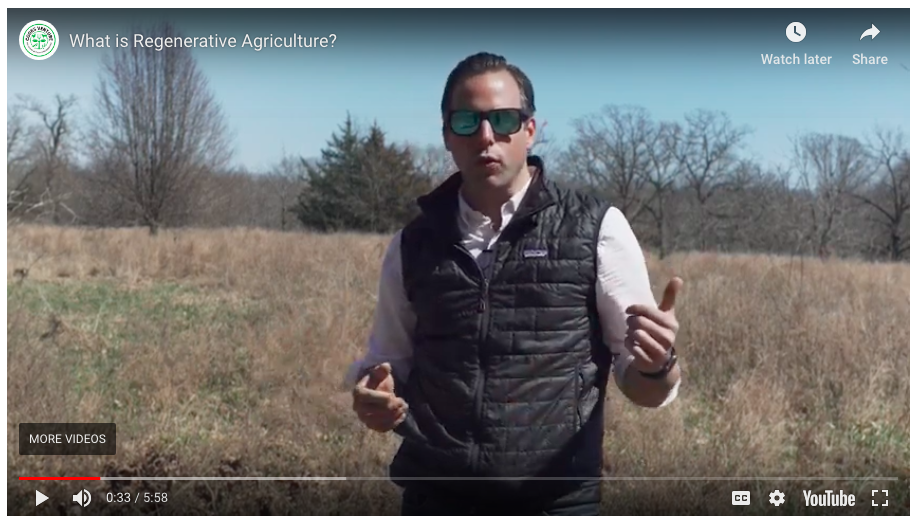
General Mills announces that they will “advance” regenerative agriculture on 1,000,000 acres by 2030. Here’s coverage from:
On a contrarian note, here’s an excellent article from AgFunder News calling into question the motives of large CPG moves on sustainability & regenerative ag. Link
And here’s another one from Grist. “Regenerative agriculture’: World-saving idea or food marketing ploy?” Link
Podcasts
Three top podcasts for this month:
Investing in Regenerative Agriculture: an interview on water & water cycles with Zach Weiss Link
Shift to perennialization in agriculture & culture – longer form interview of the Land Institute by Nori. Link
Tech accelerator seeking carbon drawdown – and other stories. From the new(ish) ‘Carbon Removal Newsroom’ (I wonder where they got the name;) Link
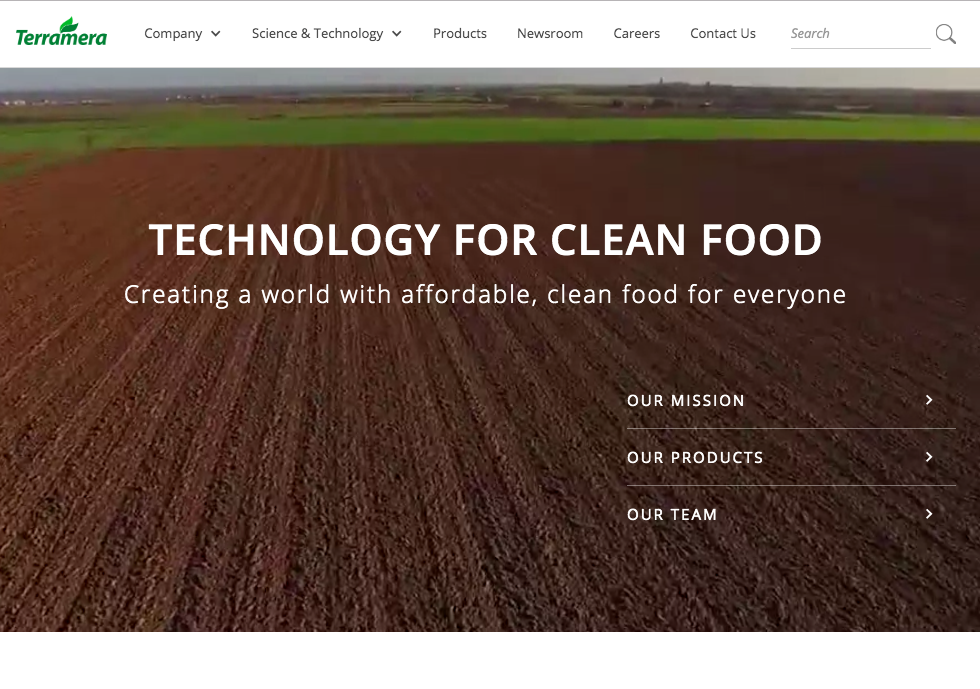
Investing
Terramera snags another $10mil investment. They claim “regenerative solutions”, but it looks like they’re firmly focused on conservation – they want to reduce synthetic chemicals in agriculture by 80%. Their two main products are broad-range biocides. Link
Financing Regenerative Agriculture – London April 2019. Jeremy Grantham @ GMO, Satya Tripathi @ United Nations, and Christian Didier @ Danone. If you go, I’d love to hear a summary for the next newsletter. Link
Events
There are a lot of awesome events happening this year. I’m speaking at a few of them.

Living Soil Symposium: March 28-31, Montreal. I’m on a panel Saturday, speaking about:
- Quantitative data on regeneration: How are the most regenerative products performing in the marketplace?
- Comparing and contrasting the new ‘regenerative’ standards and certifications that have popped up this year
- How can we reconcile local food systems, transparency, and blockchain technology in an age of online shopping and eroding consumer trust?
Transform: Climate, Capital, Communities – Regenerative Agriculture, Investing, and more. From the folks who started SOCAP and built it into a behemoth. I’m hosting a panel Regen Ag Investing, plus a private gathering for investors. Link
Other save-the-dates for 2019:
- Natural Products Expo East: September 11-14
- SOCAP 2019: October 22-25
- Regenerative Earth Summit: October 28-30
- Regenerative Business Summit: November 12-14
Ethan Soloviev’s big-picture interpretation of this month’s news:
Companies are leading the move towards regenerative agriculture. Other food movements (e.g. organic, Biodynamic) have been pushed forward primarily by farmers and consumers. They grew more slowly, with grassroots organizing and farmer-led furor, slowly building alliances with small food companies and local retailers. Eventually larger companies began buying up smaller organic brands, using acquisitions to get ahead of consumer demand.
So far, the story is unfolding differently for regenerative agriculture. Starting in 2016, food companies have been more active than farmers in promoting regen ag. Consumers seem to be almost left in the dust, wondering, “WTF is this new term?!?” just as they were getting used to “organic.”
Not-for-profits have played a role in catching up consumers, especially Kiss the Ground, the Rodale Institute, and At the Epicenter. But their primary focus (and funding?) seems to be CPG companies, who are clearly (based on this month’s news) leading the way.
Companies doing the work that citizens and farmers have done in other movements leads to several interesting dynamics. One is the danger of marketing hype overpowering on-the-ground impact (highlighted in the Grist and AgFunder articles). Another is that product-creating businesses are investing big bucks to help “train” and “educate” farmers in the methods they want them to use. It remains to be seen if this approach will generate real improvement in soils, ecosystems, or farmer livelihoods – I am hopeful that it can, but wary of the many pitfalls on the path.
– Ethan Soloviev
Enjoying Regeneration Newsroom? Forward this to a friend that would find the information valuable!
Sign Up | Follow on Twitter | Read on Medium
Need to contact me? Have any feedback on coverage? Email me at e@ethansoloviev.com


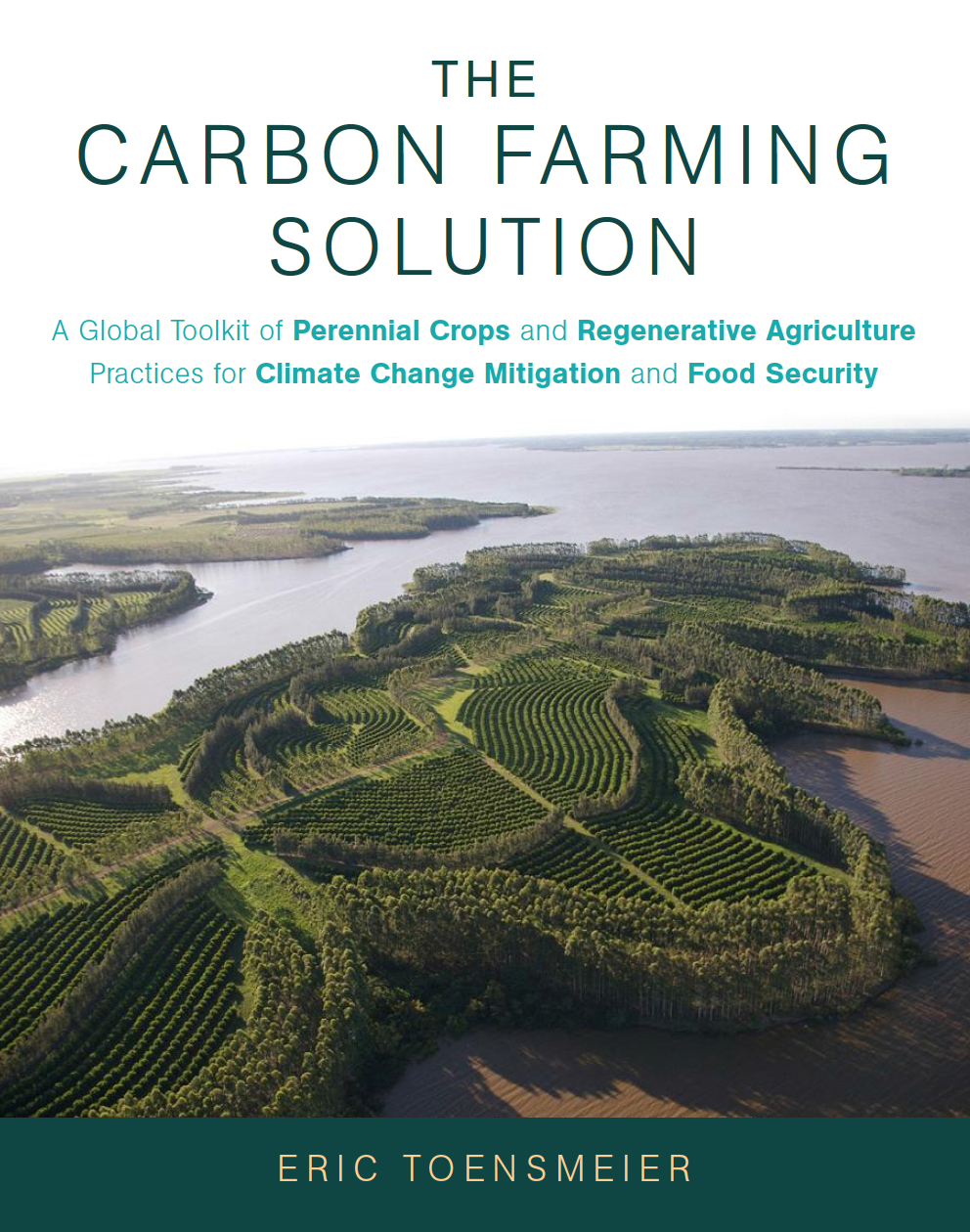



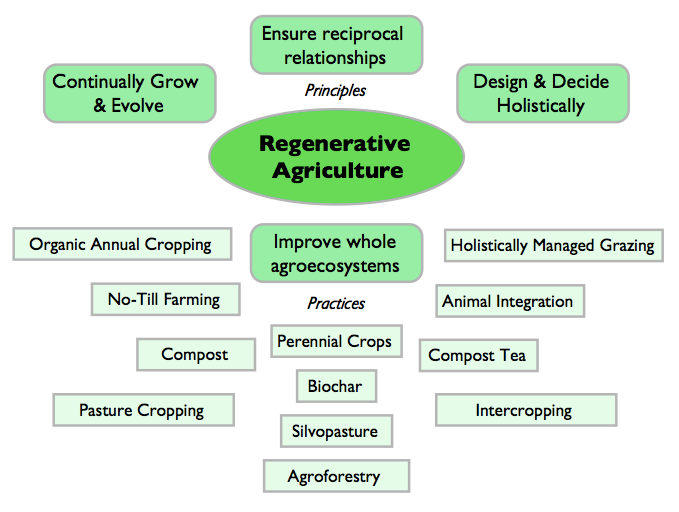
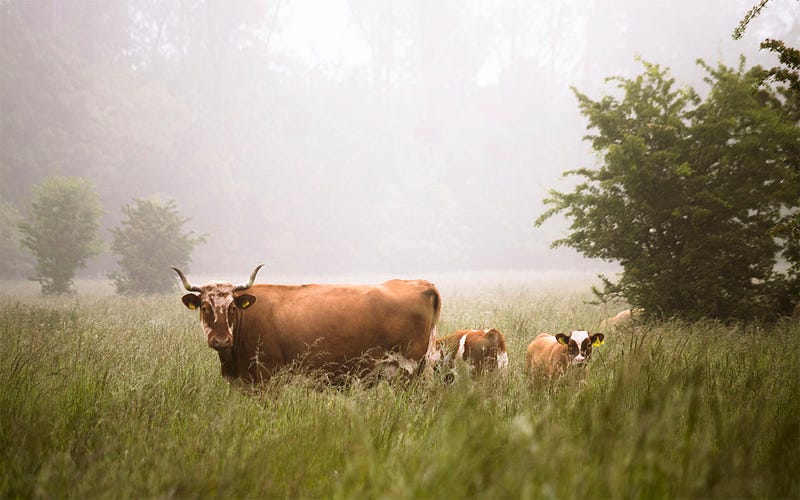
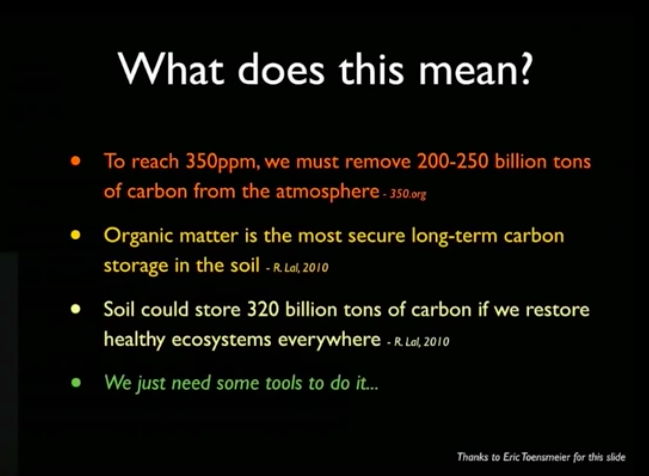 However, I’ve since come to realize that just teaching a set of “practices” is not sufficient.
However, I’ve since come to realize that just teaching a set of “practices” is not sufficient.